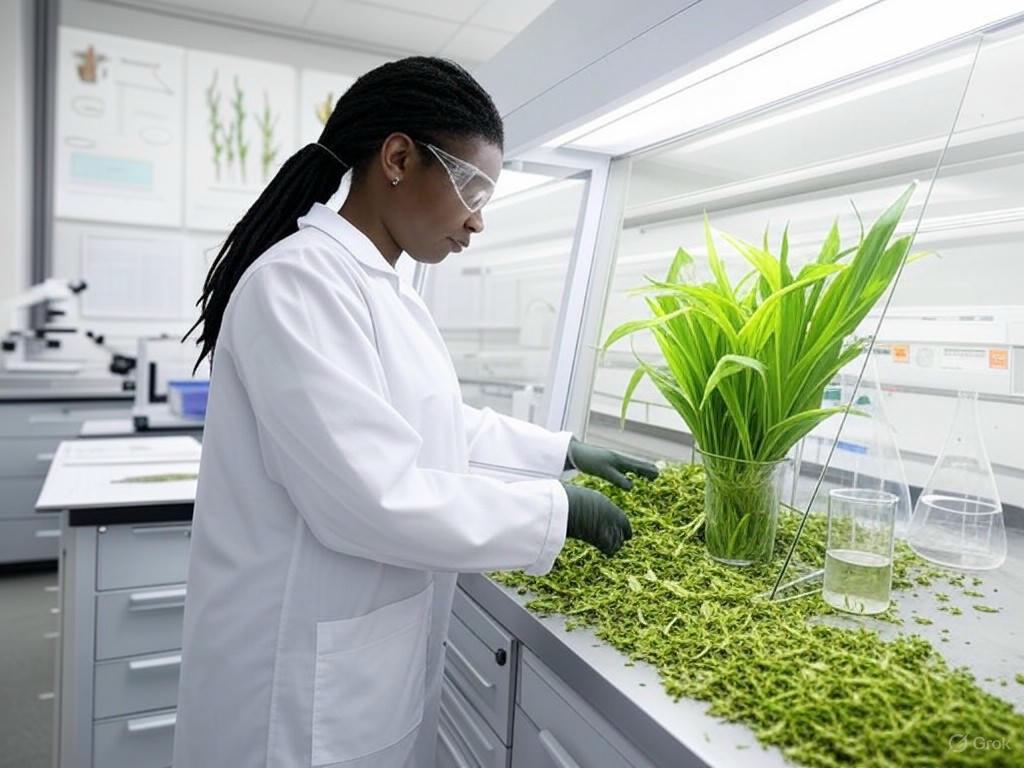For decades, per- and polyfluoroalkyl substances (PFAS) have earned their nickname as "forever chemicals" due to their persistent nature in the environment. These widely used chemicals do not easily degrade, leading to potential health and environmental risks. In response to this growing concern, scientists are turning towards plant-based materials for innovative solutions to mitigate the impact of PFAS.
Researchers at Texas A&M are pioneering an exciting approach that employs a plant-based material to adsorb PFAS from contaminated environments[1]. This innovative technology leverages the natural adsorptive properties of lignocellulose, a component of plant cell walls, to bind PFAS effectively. When combined with microbial fungi, which break down the complex chemical structures of PFAS, this method holds potential for reducing contaminant levels in a sustainable manner.
The use of lignocellulose is a strategic choice. Derived from renewable biomass such as corn stalks and leaves, lignocellulose acts as a robust framework for capturing PFAS, offering a cost-effective and environmentally friendly alternative to traditional methods. Moreover, this material serves as a nutrient source for fungi, further enhancing its degradation capabilities. As the fungi grow, they metabolize the adsorbed chemicals, facilitating a detoxification process that significantly reduces PFAS levels.
One of the remarkable attributes of this plant-based technology is its ability to couple PFAS binding and degradation in a single platform. This integration minimizes secondary pollution, a common downside to many current remediation techniques that require separate systems for capture and destruction. Notably, the process achieves high removal efficiency, with more than 98% of targeted substances successfully degraded within weeks[1].
The implications of this research are profound, pointing toward a future where environmental cleanup operations are greener and more effective. The move towards bio-based remediation strategies aligns with global efforts to reduce reliance on energy-intensive and polluting technologies.
As these solutions gain traction, they could revolutionize how industries and municipalities address PFAS contamination, ultimately leading to healthier ecosystems and communities. This development emphasizes the crucial role of interdisciplinary research in achieving practical outcomes for pressing environmental issues.
References:
1. Plant-based material can remediate PFAS, new research suggests







